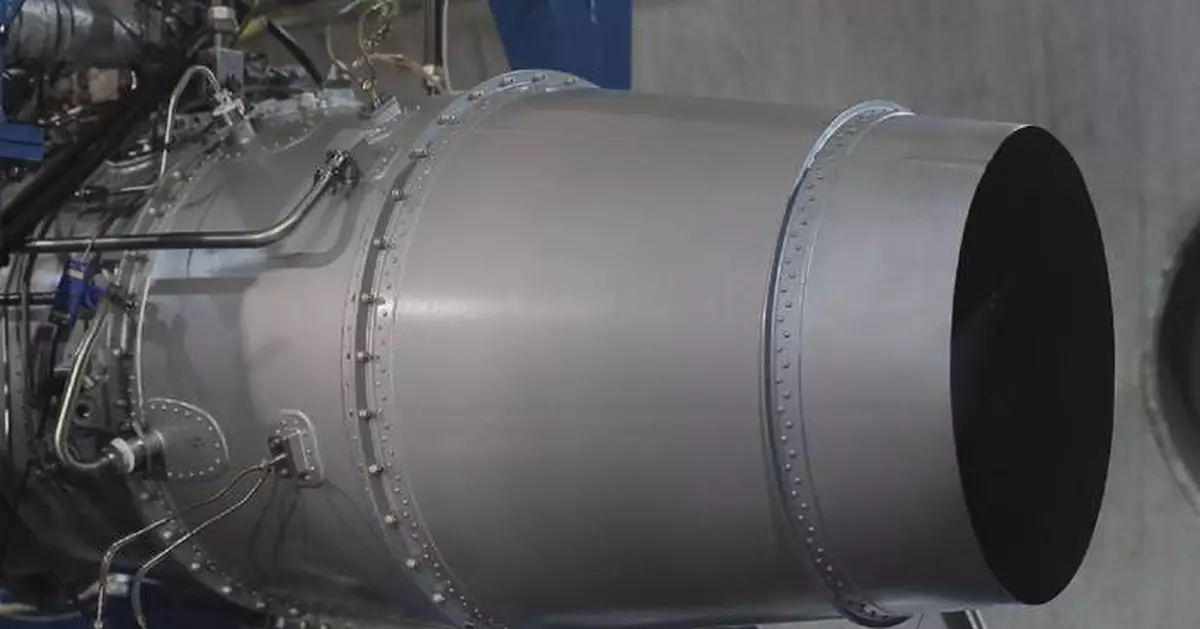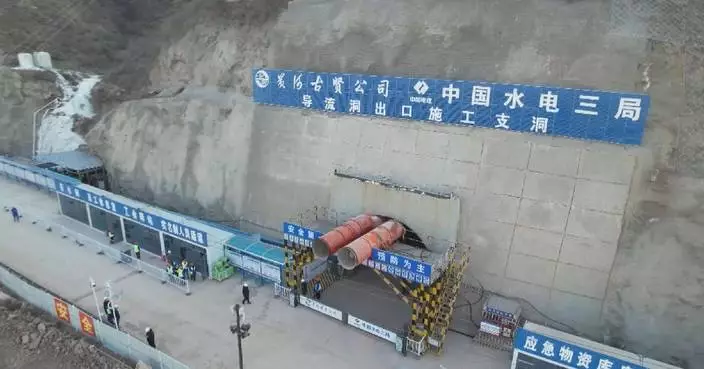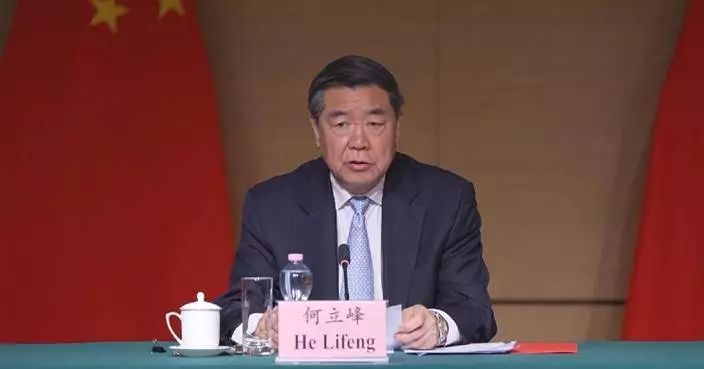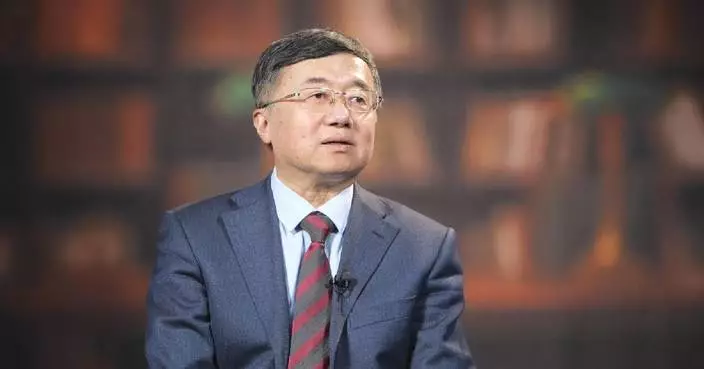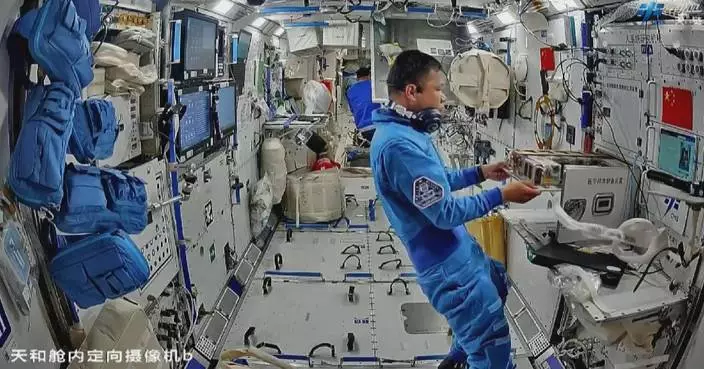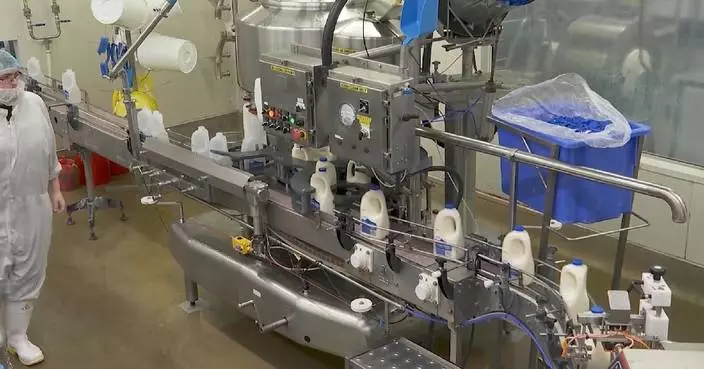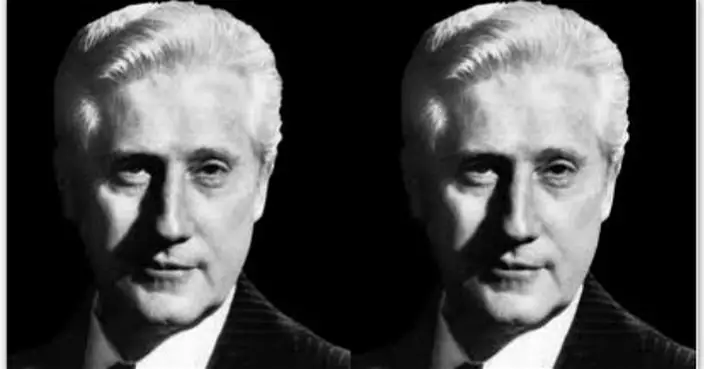China has achieved new progress in independent development of advanced aircraft engines, with three new models to undergo maiden flight and obtain production certification this year, said a chief engineer of Aero Engine Corporation of China on Wednesday.
In an interview with China Media Group (CMG) on the sidelines of the third session of the 14th National People's Congress (NPC) -- China's national legislature -- in Beijing, the chief engineer, Shan Xiaoming, disclosed that the three new models of aero engines to undergo maiden flight this year are the AES100, the AES20 and the AEP100.
Shan, who is a deputy to the NPC, made the statement in commenting on the government work report delivered to the annual legislative session which stipulates that China will promote high-level self-reliance in science and technology, and intensify the push for breakthroughs in core technologies in key fields and for research and development advancements in frontier and disruptive technologies.
The AES100 and the AES20 are advanced civil turboshaft engines independently developed by China. They are mainly used on civil helicopters deployed in multiple fields, including agriculture and forestry plant protection, air monitoring, and traffic supervision.
"The AES100 will be authorized a PC (production certification) this year, which will lay the groundwork for future mass production. We also have the AES20 engine with relatively low power, which will also undergo its maiden flight this year. So in the production of general aviation engines this year, we will have more spectacular developments which are worth looking forward to," Shan said.
An AEP100 engine that can be installed on drones with a takeoff weight of three to 10 tons will also undergo its first flight this year, and its overall performance has met the advanced technological levels of the same grade aero engines developed by other countries.
"The AEP100 will make its maiden flight with the 10.8-ton class of the world's largest unmanned aerial vehicle for logistics. The technological evolution is poised to lead to continuous change and development in aerodynamics. Besides traditional oil power, others like hybrid power, pure electric power and hydrogen energy are also in the process of development and verification," Shan said.
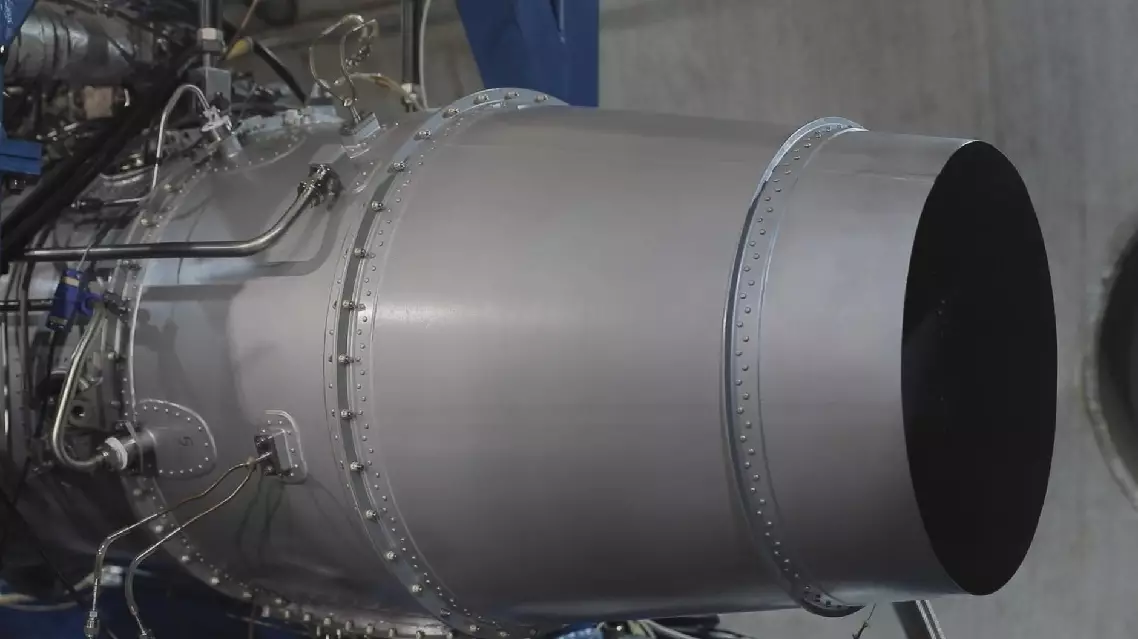
China makes new strides in developing advanced aircraft engines


